9-11 News Coverage - Versus - The Scientific Community
This documentary, put together by concerned engineers and architects, focuses solely on the attacks on Manhattan that day, but the events at The Pentagon and the crash site in Pennsylvania were equally questionable.
Arguing the collapses of the World Trade Center buildings—particularly WTC1, WTC2, and WTC7—were the result of controlled demolition rather than the impact of airplanes, and subsequent fires, involves examining several key pieces of evidence. Below is the outline supporting that conclusion:
1. Demolition-like Collapse Behavior
Rapid Free-Fall Acceleration: Video footage of the collapses shows sections of the buildings dropping at speeds approaching free fall for brief moments. This behavior suggests that the structural supports below were removed almost simultaneously, a hallmark of controlled demolition rather than a progressive collapse due to extensive fire and impact damage.
Symmetrical Collapse: The buildings fell nearly straight down into their footprints, implying that the support structures were uniformly compromised. A collapse due to fire and structural failure would likely result in an uneven fall, as different parts of the building would fail at different times.
2. Sound Evidence
Explosions Reported: Numerous eyewitnesses reported hearing explosions or loud blasts occurring both during and just before the collapses of WTC 1 and WTC 2. Such sounds could suggest the presence of controlled demolition charges.
Sound Similarity: Some witnesses described the sounds as reminiscent of the explosions seen in controlled demolitions, which raises questions about the nature of the blasts heard.
3. Prior Demolition Work
Renovations and Structural Work: Reports indicated that the WTC buildings had undergone extensive renovations leading up to the attacks, including updates to electrical and fire safety systems. This provides a potential opportunity for the installation of demolition charges, particularly as such renovations would grant access to crucial structural elements.
4. WTC 7 Collapse
Building 7's Collapse Pattern: WTC 7's collapse occurred several hours after the North Tower fell, yet it exhibited the same rapid, symmetrical collapse pattern. This leads to speculation that its failure was the result of demolition techniques rather than random fires and debris damage from the other towers.
No Plane Impact: Unlike WTC 1 and WTC 2, WTC 7 was not struck by an airplane but still fell in a manner reminiscent of controlled demolitions, raising further questions about the official narrative.
5. Presence of Iron Microspheres and Explosive Residues
Iron Microspheres in Dust Samples: Studies of dust samples from Ground Zero found iron microspheres, which are often associated with high-temperature events like those that occur during explosive demolitions. The presence of these microspheres raises questions about the nature of the fires that were believed to be consuming the buildings.
Chemical Evidence: Additionally, some proponents of the controlled demolition theory argue that explosive materials, including thermitic compounds, were found in the dust, suggesting pre-planned demolitions rather than a spontaneous collapse caused by fire and impact.
6. Smoke Analysis
Oxygen-Starved Fires: Videos of the fires on 9/11 depict significant black smoke, which is indicative of oxygen-starved conditions. This raises suspicion that the fires did not increase in temperature but may have actually been decreasing or stabilizing as time progressed. If the fires were not reaching high temperatures, it would call into question the capacity of those fires to weaken structural steel to the extent claimed in the official narrative.
7. Lack of Precedent for Such Collapses
Unprecedented Events: The observed collapses of WTC 1, WTC 2, and WTC 7 are unique in the history of high-rise fires. Proponents argue that it is implausible that the observed collapses could occur solely from fire and impact, given the known engineering standards and construction practices used in the buildings.
8. Government and Media Treating Events Ambiguously
Official Denials and Media Coverage: The immediate attribution of the causes of the collapse to the attacks by government officials and media outlets has led some analysts to question the thoroughness of investigations and the potential for cover-ups that could obscure alternative explanations, such as controlled demolition.
Conclusion:
While the conventional narrative attributes the collapses of the WTC buildings primarily to the impacts of the airplanes and the subsequent fires, a body of alternative evidence—including observations of collapse dynamics, eyewitness accounts, smoke analysis, the presence of iron microspheres, and prior renovations—raises compelling questions about the real cause of the collapses. This evidence suggests a need for further independent investigation and tough scrutiny of the official narrative on the events of this major crime against humanity.


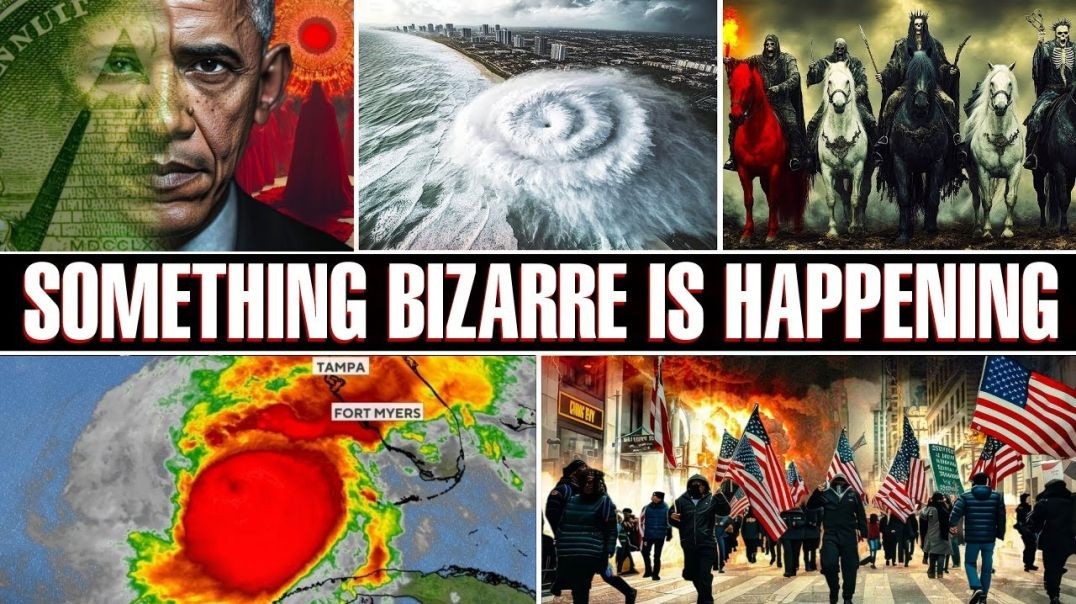


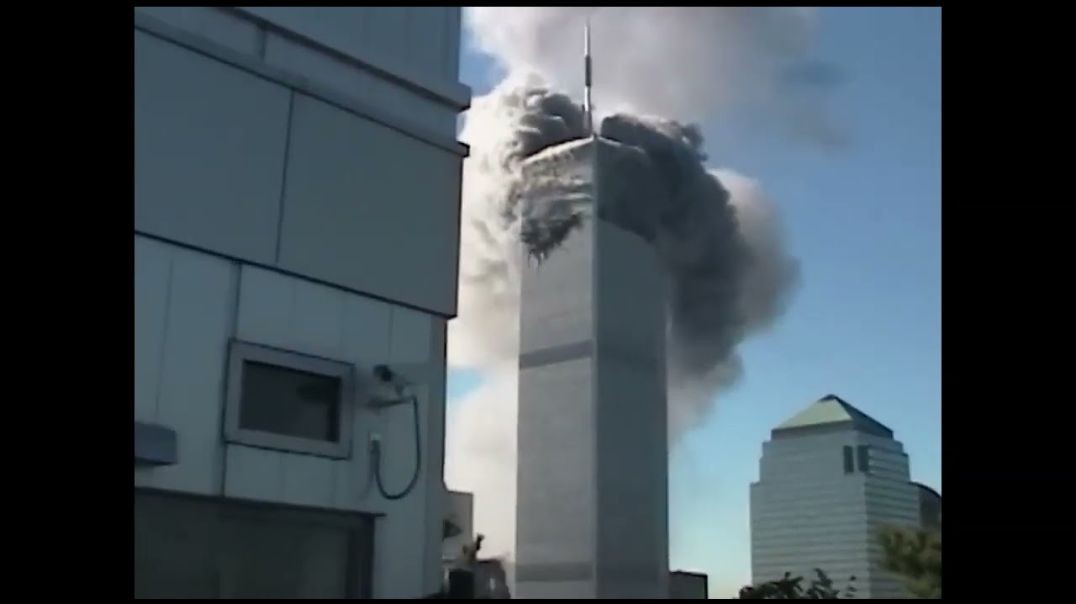
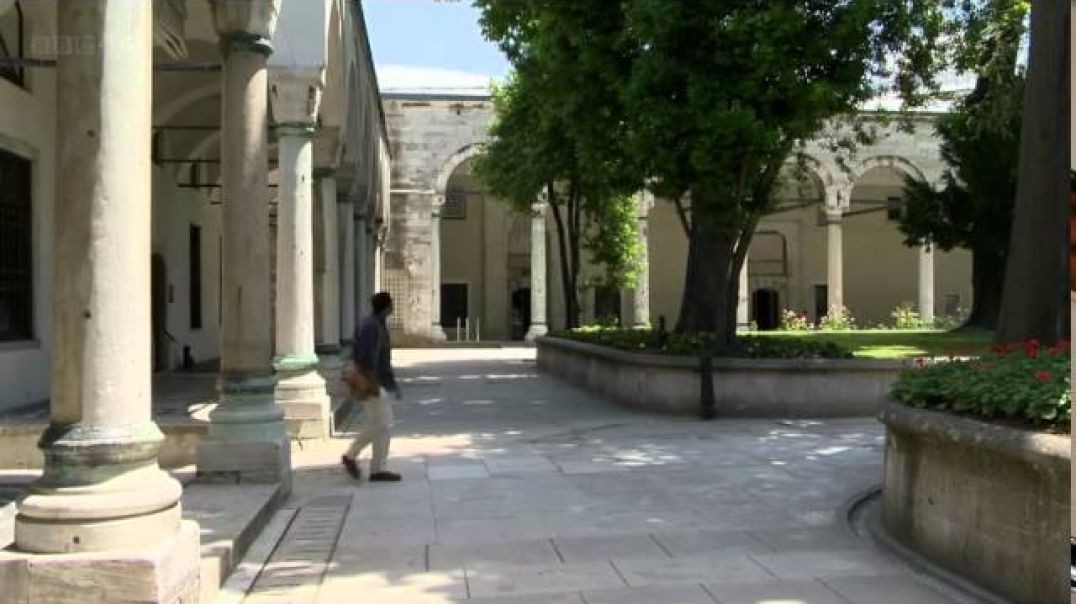
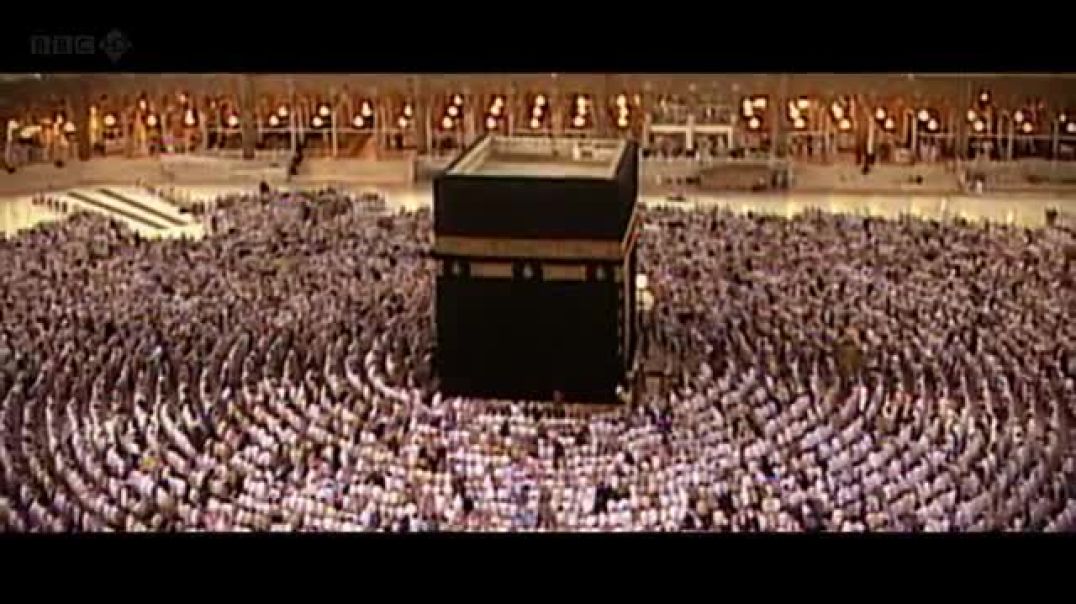
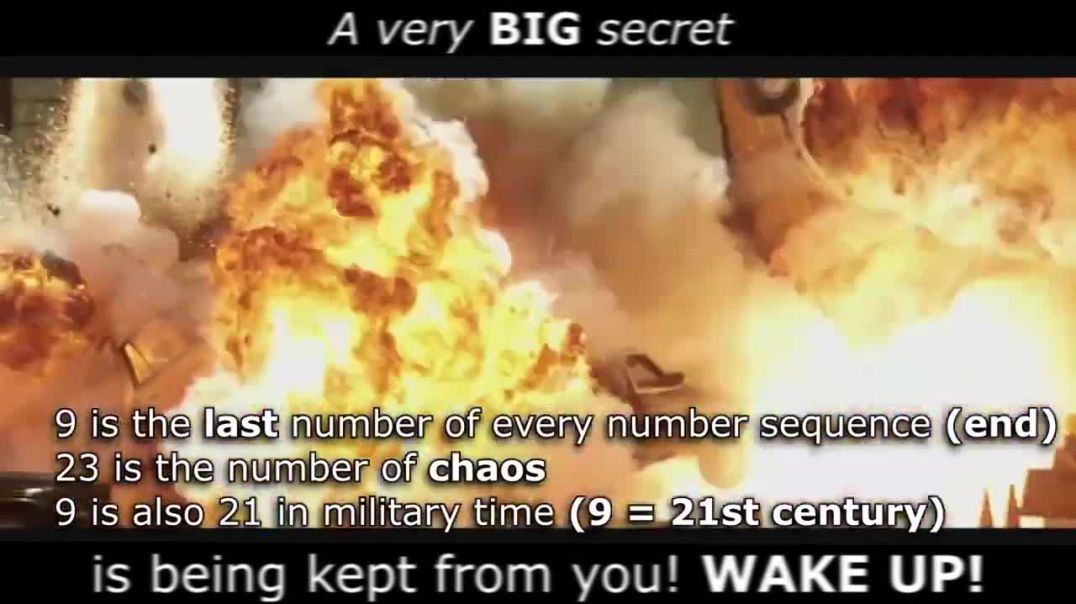


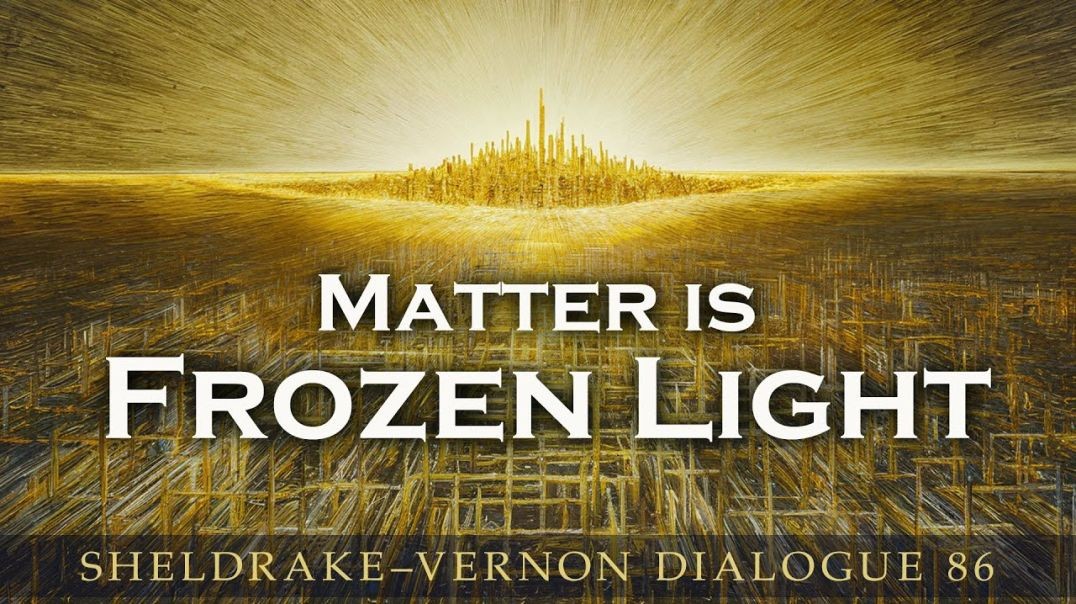
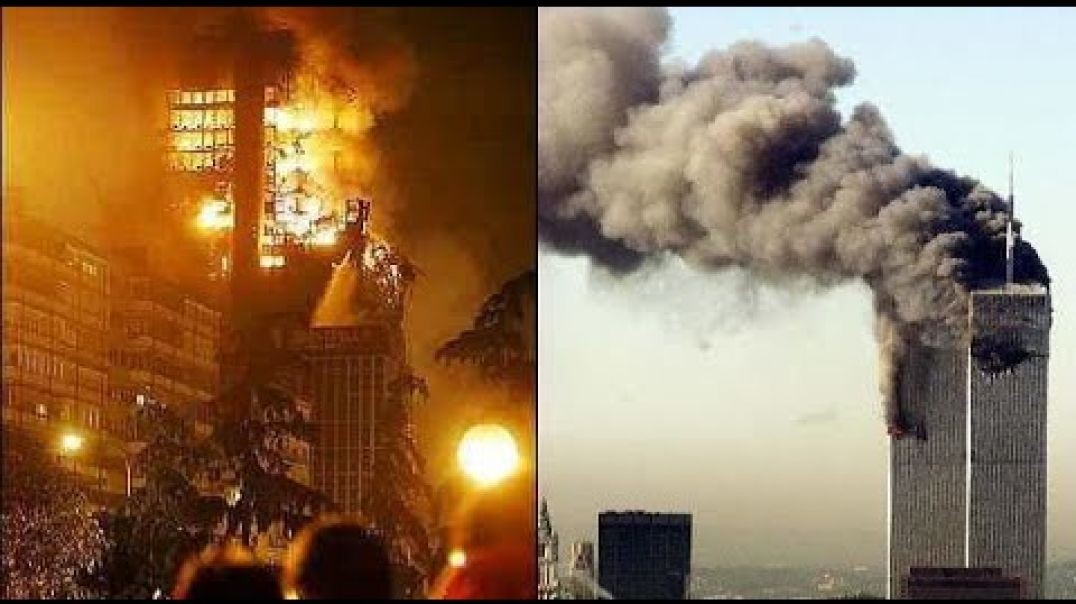




SORT BY-
Top Comments
-
Latest comments